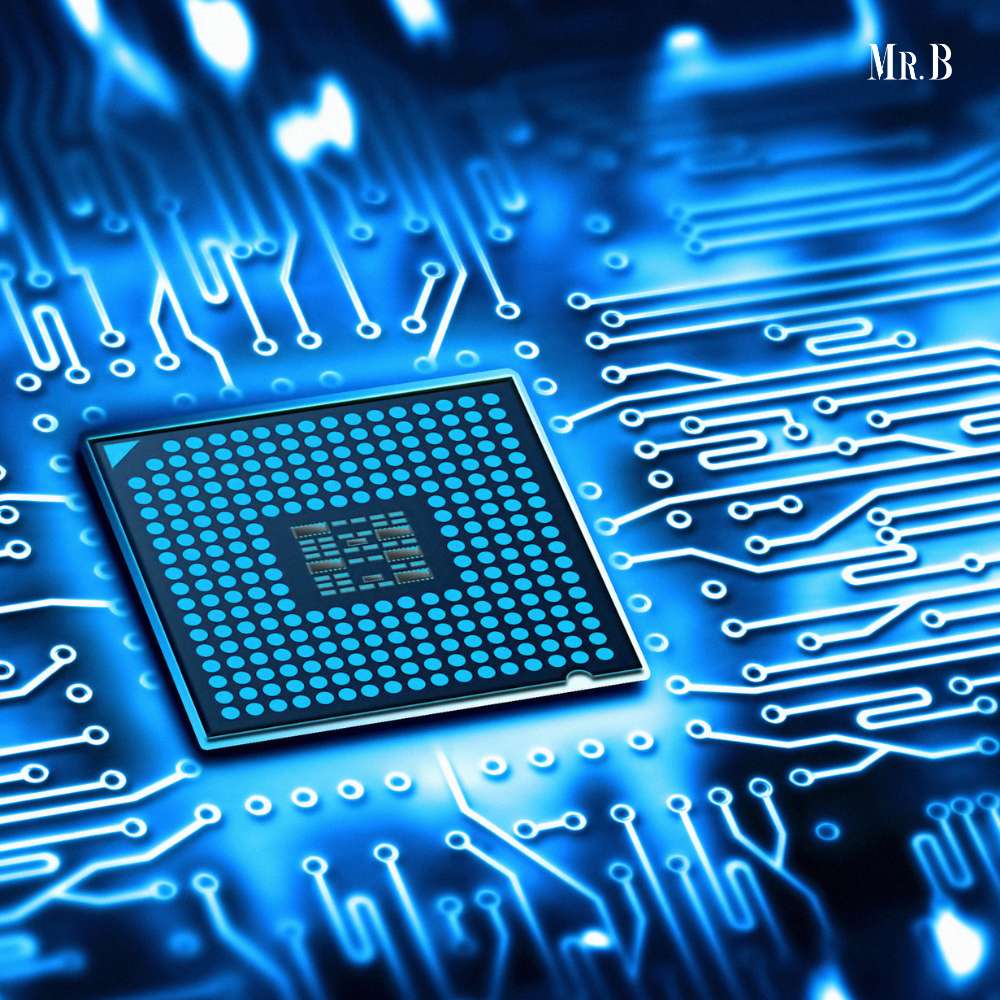What Are Digital Twins in Manufacturing & How Do They Work?
- Category: Manufacturing

A digital twin is a digital representation of a physical object, process or person represented in a digital version. Digital twins in manufacturing can help to simulate real situations allowing to enhance production methods and bring in efficiency. The concept of digital twins in manufacturing will help factories and industries function without almost zero wastage. A lot of resources will be utilized to their full capacity. Some methods of recycling can also be implemented by the industrial units if leftover stock is to be managed. Avoiding wastages, efficiency in production operations, and lower cost production can be implemented with digital twins in manufacturing.
The digital twin technology has become more important and an essential tool in most industries.
Let’s read more on What Are Digital Twins in Manufacturing & How Do They Work?
Understanding Digital Twins in Manufacturing:
A digital twin in manufacturing is a virtual representation of a physical product, process, or system. This virtual counterpart mirrors the real-world counterpart in every detail, providing a dynamic and data-rich replica that can be analyzed, simulated, and optimized. Digital twins leverage a range of technologies, including sensors, IoT (Internet of Things), data analytics, and advanced modeling techniques, to create a comprehensive and real-time representation.
How Do Digital Twins Work?
The workings of digital twins in manufacturing can be broken down into several key components:
1. Data Collection:
The foundation of any digital twin is data acquisition. Sensors and IoT devices are strategically placed throughout the physical system, collecting a myriad of data points such as temperature, pressure, speed, and more. This real-time data is continuously transmitted to the digital twin.

2. Data Integration:
The collected data is then integrated into the digital twin, creating a holistic representation of the physical system. Advanced data integration techniques ensure that the digital twin accurately reflects the real-world counterpart.
3. Modeling and Simulation:
The digital twin relies on sophisticated modeling and simulation algorithms to replicate the behavior of the physical system. These models take into account various factors, including physical properties, environmental conditions, and operational parameters.
4. Real-Time Monitoring:
One of the key strengths of digital twins is their ability to provide real-time monitoring. Engineers and operators can track the performance of the physical system and compare it to the virtual counterpart, allowing for immediate detection of anomalies or deviations.
5. Predictive Analytics:
Digital twins utilize predictive analytics to forecast future behavior and performance based on historical data. This capability enables proactive maintenance and optimization, reducing the likelihood of unexpected downtime.
6. Optimization and Control:
By running scenarios and simulations within the digital twin, manufacturers can fine-tune processes and make informed decisions to optimize efficiency and productivity. This iterative process can lead to significant improvements.
7. Remote Operation:
Digital twins also facilitate remote operation and control. Operators can remotely monitor and adjust the physical system, reducing the need for on-site presence and enhancing safety in hazardous environments.

Benefits of Digital Twins in Manufacturing Systems:
The adoption of digital twins in manufacturing offers a multitude of benefits, each contributing to the industry’s evolution and competitiveness. Let’s explore these advantages in detail:
1. Enhanced Efficiency:
Digital twins enable manufacturers to fine-tune processes, optimize resource allocation, and reduces waste. By simulating various scenarios, businesses can identify the most efficient workflows and implement changes in real-time.
2. Reduced Downtime:
Predictive analytics and real-time monitoring within digital twins help anticipate maintenance needs and detect issues before they lead to downtime. This proactive approach minimizes disruptions and ensures continuous operations.
3. Improved Product Quality:
Digital twins facilitate the development of high-quality products by allowing manufacturers to simulate and analyze the production process. This results in fewer defects, reduced rework, and higher customer satisfaction.
4. Cost Savings:
Efficiency gains, reduced downtime, and improved quality all contribute to significant cost savings. Manufacturers can allocate resources more effectively and reduce unnecessary expenses.
5. Innovation Acceleration:
Digital twins serve as powerful platforms for innovation. They enable manufacturers to experiment with new ideas, test prototypes virtually, and assess the feasibility of innovations before committing resources.
6. Remote Monitoring and Operation:
The ability to remotely monitor and control manufacturing systems is particularly valuable in scenarios where on-site presence is challenging or risky. Digital twins empower businesses to operate efficiently from virtually anywhere.

7. Data-Driven Decision-Making:
Digital twins provide a wealth of data and insights, enabling data-driven decision-making. Manufacturers can make informed choices based on real-time information, optimizing their operations continuously.
8. Reduced Environmental Impact:
By optimizing processes and resource utilization, digital twins contribute to sustainability efforts. Reduced waste and energy consumption align with the growing emphasis on eco-friendly manufacturing.
9. Shorter Time-to-Market:
Digital twins streamline product development and production, leading to shorter time-to-market. Manufacturers can respond more quickly to changing customer demands and market trends.
10. Customization and Personalization:
Digital twins facilitate customization and personalization of products at scale. Manufacturers can tailor products to individual customer needs while maintaining efficiency.
The Future of Manufacturing with Digital Twins:
Digital twins in manufacturing are poised to reshape the industry profoundly. As technology continues to advance and the adoption of IoT devices and data analytics accelerates, the capabilities of digital twins will only grow. Manufacturers who embrace this transformative technology stand to gain a competitive edge, reduce operational costs, and drive innovation.
Conclusion:
Digital twins in manufacturing offer a powerful toolkit for businesses seeking to thrive in an increasingly complex and dynamic environment. Their ability to replicate physical systems, predict behavior, and optimize operations makes them indispensable for the modern manufacturing landscape. As we move forward, digital twins are likely to play a central role in driving efficiency, innovation, and sustainability across the industry, ensuring its continued growth and evolution.







